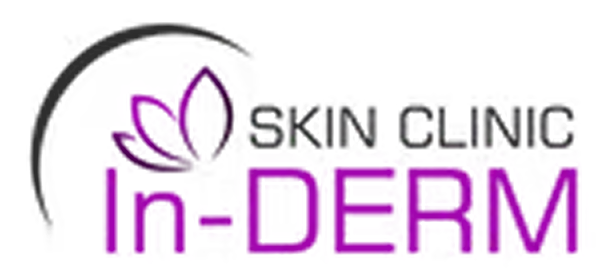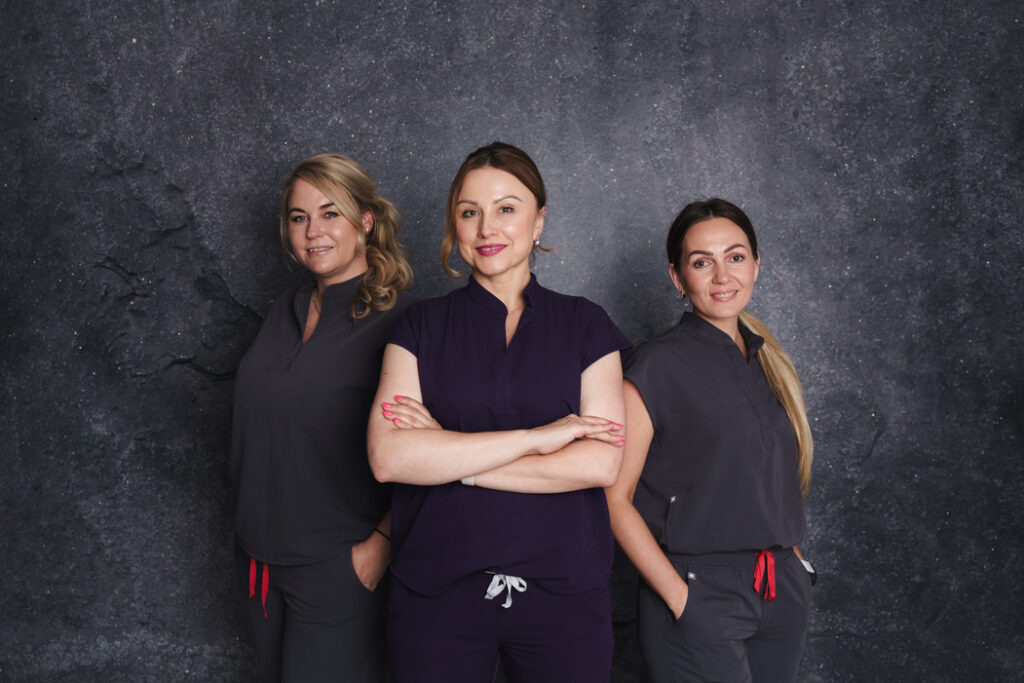After a laser hair removal session, knowing how to properly care for your skin is key. Following a solid laser hair removal aftercare routine can help reduce discomfort, prevent complications, and ensure you get optimal and lasting results. At In‑DERM Skin Clinic in Chiswick, we always emphasize good aftercare for every client.
In this post, we cover in detail what you should do immediately after treatment, the things to avoid, and how you can maintain healthy skin between sessions.
What to Expect Right After Treatment
Once your laser hair removal session ends, your skin may feel warm, look a bit red, or feel slightly swollen. These are normal responses as the laser works to disable hair follicles. Some clients also report mild itching or sensitivity. These effects usually ease within a few hours to a couple of days.
Because the treated skin is more vulnerable right after treatment, laser hair removal aftercare begins immediately.
Related Content: How Many Sessions for Laser Hair Removal? Your Complete Guide
Core Aftercare Practices
Here are key steps to follow in the first hours and days to help your skin heal and to protect the treatment area:
- Cool down the area. Applying a cool compress wrapped in a clean cloth or using an aloe‑based cooling gel helps reduce heat and soothe the skin.
- Keep the skin clean and gentle. Use lukewarm water and a mild, fragrance‑free cleanser. Pat dry instead of rubbing.
- Moisturise regularly. A gentle, bland moisturiser helps restore the skin’s barrier. Avoid heavy creams with perfume or irritating ingredients.
- Avoid heat and sweat. For 24‑48 hours after treatment, skip hot baths, saunas, steam rooms, and heavy exercise. Heat can exacerbate redness and discomfort.
- Wear loose clothing. Tight clothing can rub against treated areas and irritate them. Natural fibres like cotton that allow breathing are best.
- Use sunscreen. Sun exposure can cause pigmentation changes. Apply a broad‑spectrum SPF 30+ whenever the treated area is exposed, even on cloudy days.
What to Avoid in Aftercare
To support healing and minimise risk, certain activities and products should be avoided in the early phase of recovery:
- No hot water. Avoid hot showers or baths until the skin has cooled and any redness has significantly reduced.
- No harsh products. Steer clear of exfoliants, strong acids, retinoids, perfumes, or alcohol‑based products on the treated area for several days.
- No waxing, plucking or depilatory creams. These remove hair from the follicle and interfere with the laser’s effects. Shaving is okay when needed.
- Avoid direct sun or tanning beds. Sun or UV exposure increases risk of pigmentation disturbances.
- Don’t scratch or pick. If hairs look like they are growing or shedding, let them do so naturally. Picking can lead to scarring or infection.
Timeline: What Happens After Treatment and What Care Helps Most
| Time After Treatment | Typical Skin Response | Recommended Aftercare Actions |
| First few hours | Warmth, redness, possible swelling | Cool the area, avoid heat, pat dry, gentle moisturiser |
| 24‑48 hours | Sensitivity, possibly some discomfort | Cool showers, no hot baths, wear loose clothes, avoid sweat |
| 2‑5 days | Shedding of dead hairs begins; skin may feel a bit dry | Continue gentle cleansing, moisturising, sun protection |
| Up to next session | Skin settles, hair re‑growth cycles continue | Follow routine, avoid hair removal methods except shaving, maintain sun care |
Long‑Term Aftercare Between Sessions
For lasting results, aftercare doesn’t stop once the initial healing is over. Between sessions, adopt habits that support skin recovery and prevent irritation:
- Stay consistent with treatments. Sessions should be spaced as advised (often 4‑6 weeks) so the laser can target hair during active growth phases.
- Moisturise daily. Keeping your skin hydrated helps minimise irritation and supports better healing.
- Protect from sun. Even when not treated, skin around the treated area should stay protected from UV rays.
- Adjust skincare. Avoid strong actives (e.g. retinols, exfoliating acids) close to next session unless cleared by your practitioner.
- Watch for issues. Ingrown hairs, unusual pigmentation, or persistent discomfort should be evaluated by the clinic.
At In‑DERM Skin Clinic, we tailor aftercare recommendations to local conditions to help our clients recover well and protect their investment in smoother skin.
Frequently Asked Questions
How long should I follow laser hair removal aftercare?
The most critical period is the first 48‑72 hours. But careful skincare, sun protection, and avoiding irritating products should continue throughout your whole treatment plan.
Can I shave after treatment?
Yes. Shaving is generally safe as long as you do it gently, on skin that has cooled, and after avoiding any irritation. Leave plucking or waxing until after the treatment series.
When can I resume exercise or heat exposure?
It is best to wait at least 24‑48 hours before resuming intense exercise or heat exposure (saunas, hot tubs). Once initial redness and sensitivity diminish, you can gradually return.
What if I experience an unusual reaction (blistering, pigmentation)?
Contact your practitioner immediately. Use cool compresses, avoid sun, and don’t pick. The clinic may recommend topical care or additional follow‑ups.
Are there special considerations for sensitive skin or darker skin tones?
Yes. Your practitioner may advise gentler products, patch testing, and stricter sun protection. Technology and settings are chosen carefully to reduce risks.
Final Thoughts
Proper laser hair removal aftercare plays a significant role in how smoothly and comfortably your skin recovers. At In‑DERM Skin Clinic in Chiswick, we prioritize educating our clients on aftercare to maximise results and minimise risk.
If you’re preparing for your first session or are between treatments, following these guidelines will help you protect your skin, support healing, and maintain the benefits of laser hair removal for the long term.


